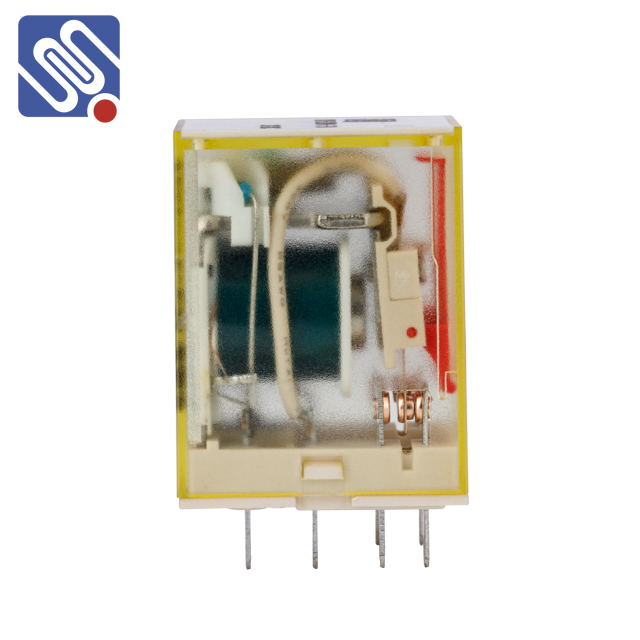relay performance metrics and the role of meishuo in enhancing connectivity
Release time:2025-04-29 04:53:58
In the modern world of wireless communication, the performance of relay systems plays a critical role in determining the efficiency, reliability, and coverage of networks. Relays act as intermediaries, forwarding data between two communication nodes, often in environments where direct communication is either inefficient or impossible. The performance of these relay systems can significantly affect the overall network experience, especially in scenarios involving long-distance communication or high-demand applications such as IoT networks, 5G, and beyond. Understanding and optimizing relay performance metrics is essential for enhancing connectivity, and platforms like Meishuo are becoming increasingly significant in driving improvements in these areas.

Relay systems are designed to extend the range and reliability of a communication network by improving signal strength, reducing interference, and overcoming obstacles that would otherwise block a direct signal. To effectively evaluate relay performance, several key metrics are used, each reflecting a different aspect of the system’s operation. These include throughput, latency, reliability, signal-to-noise ratio (SNR), energy efficiency, and coverage.
Throughput is one of the most fundamental metrics used to evaluate relay systems. It refers to the amount of data transmitted through the relay network over a specified period, typically measured in bits per second (bps). High throughput indicates that the relay system can handle more data, which is critical in today’s data-driven environment. For networks requiring high bandwidth, such as streaming services or real-time communications, maximizing throughput is essential for user satisfaction.

